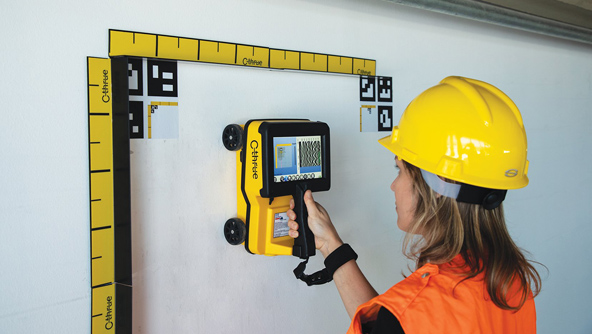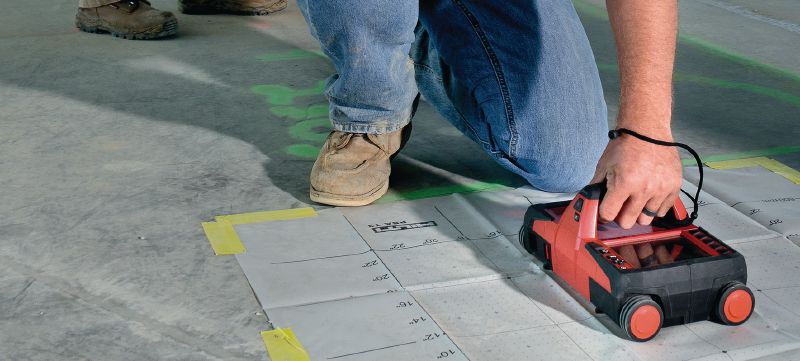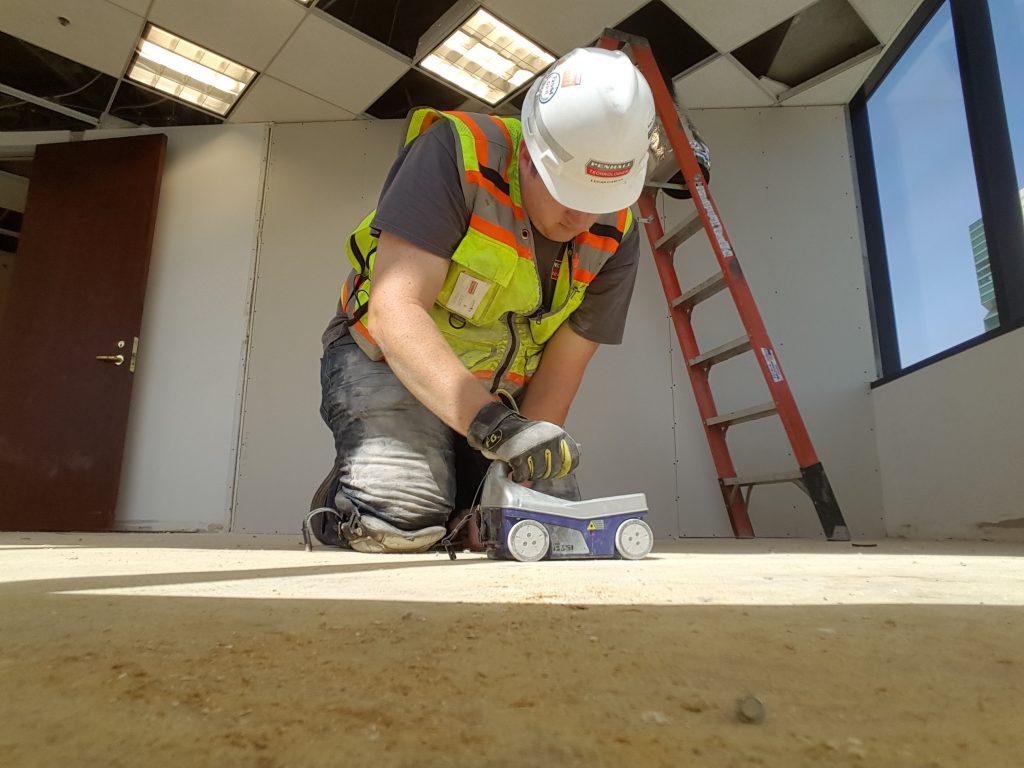Concrete Scanning: A Critical Action In The Direction Of Making Certain Structural Honesty and Safety
In the realm of building and construction and framework maintenance, the relevance of concrete scanning can not be overstated. By utilizing sophisticated modern technology and techniques, concrete scanning serves as an essential tool in making certain that the stability and safety and security of buildings and bridges are upheld to the highest criteria.
Importance of Concrete Scanning
Concrete scanning plays an important role in making sure the architectural integrity and security of buildings and framework tasks. By making use of advanced modern technologies such as ground-penetrating radar (GPR) and electro-magnetic induction, experts can non-destructively inspect concrete frameworks to discover potential flaws, spaces, embedded things, and support layout. This procedure enables very early detection of abnormalities that might compromise the security of a structure, preventing expensive problems and guaranteeing the security of occupants.
Prior to boring, cutting, or coring right into concrete, scanning assists determine the accurate places of rebar, post-tension cords, and other ingrained components, lowering the threat of accidental hits that might lead to structural weak points. Additionally, concrete scanning help in quality control by verifying the density of concrete covers and discovering any discrepancies that may influence the general longevity of the structure.
Modern Technology for Concrete Inspection

Benefits of Early Discovery
Prompt detection of structural problems can significantly minimize threats and ensure the long life of building projects. By determining potential troubles beforehand in the building and construction procedure, stakeholders can take aggressive measures to deal with problems before they escalate into bigger and a lot more pricey problems. One of the vital benefits of early discovery is the avoidance of architectural failings, which can position serious security threats and result in task delays and economic losses.
Moreover, early discovery permits timely repair services and upkeep, which can aid prolong the life-span of the framework. By resolving issues without delay, construction teams can avoid expensive repairs or perhaps the need for early substitute of architectural parts. This aggressive method not just saves money and time but additionally enhances the total security and resilience of the building task.
Furthermore, early discovery can improve job preparation and decision-making by giving stakeholders with important understandings into the problem of the framework. Armed with this info, job supervisors can make informed selections regarding construction methods, timelines, and products, resulting in more reliable and successful project results.
Making Sure Architectural Security
Making certain the structural stability of a building and construction project is extremely important to its safety and longevity. Architectural stability describes the capacity of a structure or infrastructure to preserve its kind and function under environmental conditions and different loads. To accomplish this, complete analysis and surveillance of the structure are crucial. Concrete scanning plays a crucial role in guaranteeing architectural security by spotting prospective issues such as voids, delamination, or reinforcement rust that can endanger the integrity of the framework in time.
By using sophisticated scanning modern technologies like ground-penetrating radar (GPR) and electromagnetic induction, building specialists can non-invasively check concrete structures to determine areas of problem below the surface area. This positive approach permits for the early discovery of defects or weaknesses, enabling prompt repair services or support to avoid architectural failures.
Routine concrete scanning during various building phases and throughout the life process of a framework can assist preserve its stability, reduce dangers, and make sure the security of passengers. By focusing on structural stability through concrete scanning, building and construction projects can boost their durability and sturdiness, inevitably adding to click site higher safety and longevity.
Stopping Crucial Failings
To protect against devastating events, precise surveillance and proactive upkeep are advice critical in averting important failures within structural structures. Identifying prospective problems before they intensify is essential to stop architectural failings. Applying regular assessments, such as concrete scanning, can disclose surprise flaws like spaces, fractures, or deterioration that might jeopardize the integrity of a framework. By utilizing sophisticated scanning technologies like Ground Permeating Radar (GPR) or Concrete X-ray, designers can non-destructively assess the condition of concrete and determine powerlessness that require support or repair service - RainierGPR Service Areas.

Verdict
In verdict, concrete scanning plays a vital duty in making sure architectural stability and safety by utilizing innovative innovation for early discovery of prospective concerns. This positive method assists stop crucial failures and ensures the security of structures. It is vital to focus on concrete assessment as a common practice to protect the long life and safety and security of structures and framework.
Concrete scanning plays a vital function in making sure the structural integrity and safety of buildings and infrastructure tasks. Furthermore, concrete scanning aids in top quality control by validating the thickness of concrete covers and discovering any disparities that may influence the general toughness of the structure. Concrete scanning plays an important role in making certain click this structural stability by detecting prospective problems such as voids, delamination, or support corrosion that can compromise the integrity of the framework over time.

In final thought, concrete scanning plays an essential function in guaranteeing architectural stability and safety by using advanced innovation for early discovery of prospective issues.
Comments on “Check Out RainierGPR Service Areas for Expert Concrete Scanning”